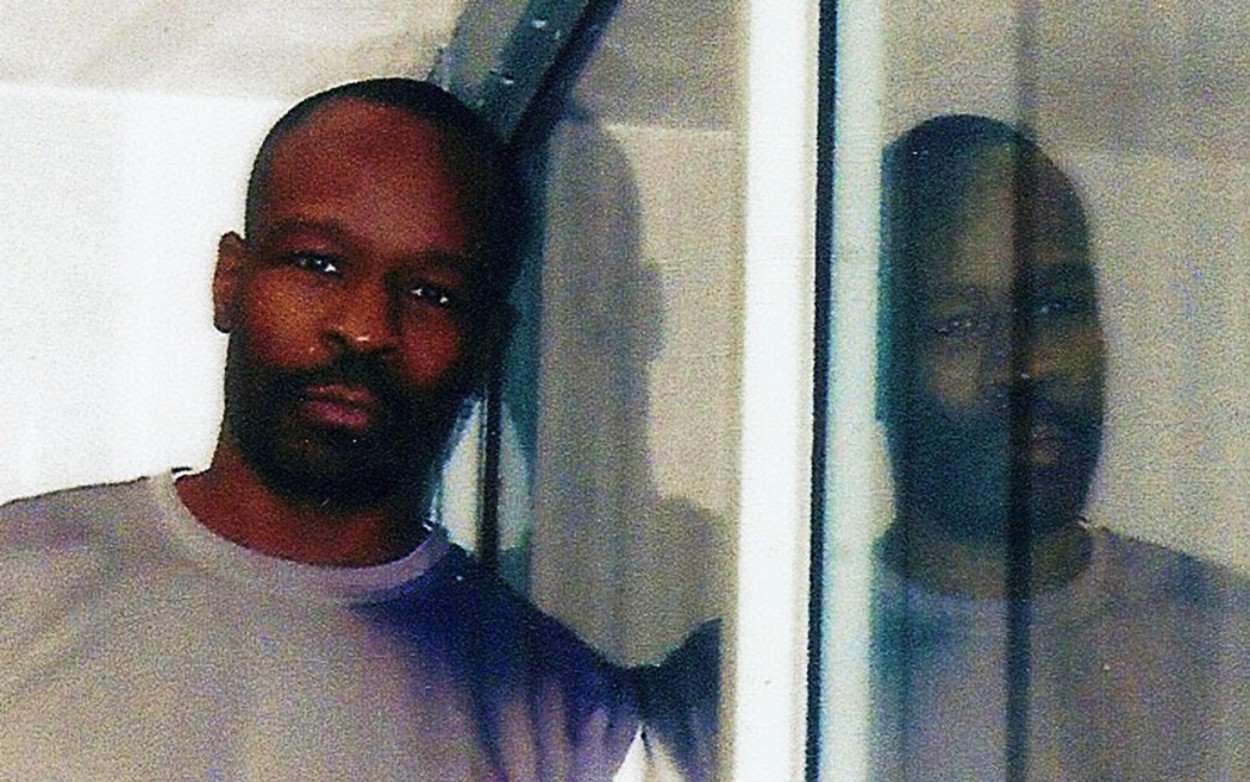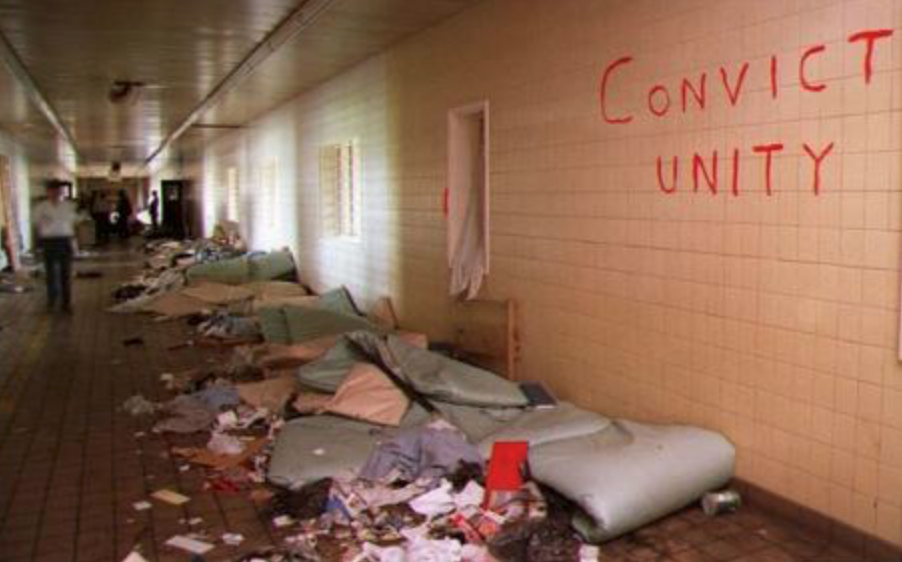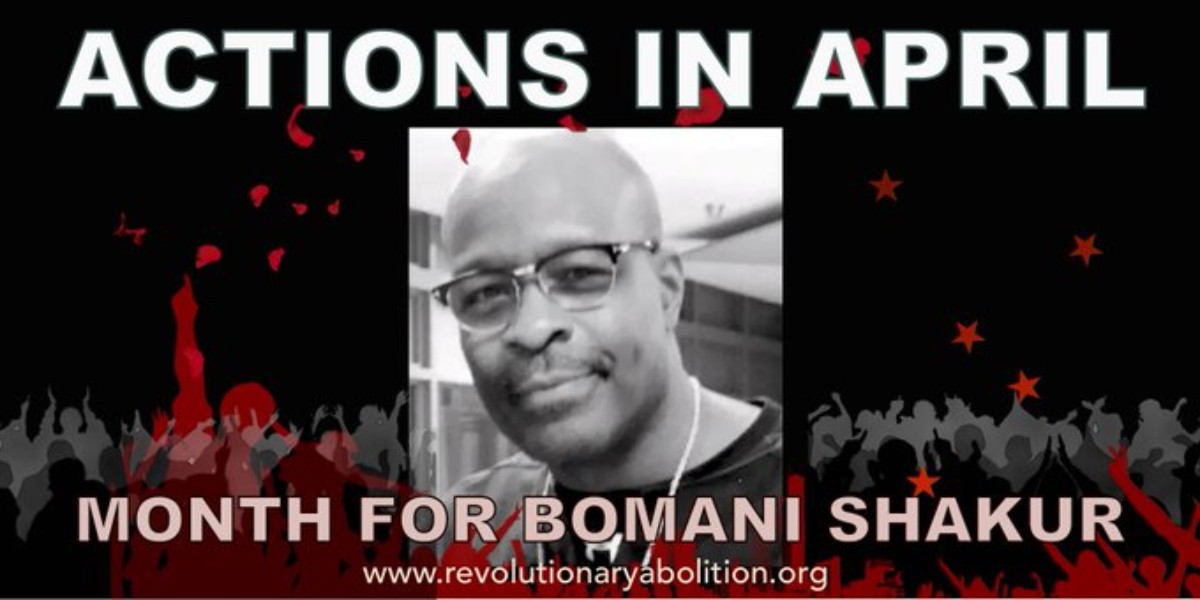Filed under: Featured, IGDcast, Interviews, Political Prisoners, Radio/Podcast

Podcast: Play in new window | Download
Subscribe: RSS
On April 11th, 1993, prisoners launched an uprising at the Southern Ohio Correctional Facility, outside of the town of Lucasville. The uprising was marked by prisoners across racial, religious, and gang lines coming together to push a set of demands. Graffiti written throughout the prison spoke to this reality, with slogans like “Convict Race” and “Convict Unity” appearing on the walls.

The uprising followed previous attempts by prisoners to address conditions at the facility by organizing everything from a union to attempts to petition the United Nations. Despite these efforts to work through the system, conditions became worse, and after the killing of a teacher by an unstable prisoner, authorities pushed for even harder crackdowns. In response, prisoners took a guard hostage and demanded the ability to read a statement over the radio. Then on April 11th, an uprising kicked off.
According to Lucasville Amnesty:
Early on, amidst the chaos and fighting, there were cries of “Lucasville is ours! This is not racial, I repeat, not racial. It’s us against the administration! We’re tired of these people fucking us over. Is everybody with us? Let’s hear ya.” The prisoners roared their approval and the uprising expanded beyond this specific group of prisoners upset with TB testing methods. Members of all the prison factions, including the Gangster Disciples and the Aryan Brotherhood stood in solidarity as convicts against their common oppressors: the prison administration and the state of Ohio.
That night, three of the eleven hostage guards were released in need of medical attention. The bodies of five suspected snitches, and three injured prisoners were also placed on the yard. By 3:21 am the next morning, prisoners who remained on the yard rather than in the cell block surrendered to the authorities, who rounded them up, stripped them of all clothes and possessions and packed them naked, ten to a cell in another block.
Over 400 prisoners remained in the occupied cell block. They spent the next 11 days working together to negotiate a peaceful conclusion to the uprising.
The convicts created a structure to keep relative stability and peace. They collected all the food in a central location, to be distributed equitably later. They created a rudimentary infirmary, “no weapons” zones, guard posts and a group of representatives from each faction to negotiate with each other and the state.
During the uprising, several prisoners and one guard were killed. Although prisoners negotiated a peaceful end to the uprising, the State violated the agreement and several prisoners were singled out for beatings and reprisals. As with the Attica rebellion and the LA uprising only a few years before, the multi-racial dynamic and collective revolt by the prisoners terrified the authorities: a message must be sent that future uprisings would not be tolerated. Some inmates opted to work with the State, and singled out several other prisoners on trumped up murder charges. One of those prisoners was Keith LaMar aka Bomani Shakur, who since 1995 has sat on death row. Recently, Bomani Shakur has been given a date of execution by the State, November 16th, 2023.
As the Jericho Movement wrote:
Keith LaMar is imprisoned on Ohio’s death row since 1995 for his alleged role during the “Lucasville Uprising” of 1993. He was falsely accused of having murdered prisoners and having “led a death squad.”
No physical evidence connects Keith to the murders that took place when the prison at Lucasville was in uprising. The verdict is based on (forced) snitch testimony.
Keith wrote a book called Condemned, in 2004, to highlight his life and the truth about what happened.
Following the Lucasville Uprising, Bomani has become tirelessly involved in the prison abolition movement and the struggle to free political prisoners. Along with other Lucasville prisoners like Siddique Hasan, Bomani has maintained a strong connection to groups on the outside, producing books, zines, and interviews. In April of 2020, the Revolutionary Abolitionist Movement (RAM) along with many other anarchist and abolitionist groups called for a month of solidarity with Bomani. In that spirit, through the walls of death row, we talked with Bomani about his case, about prison race politics under Trump, how he deals with hard time, his thoughts on the COVID-19 pandemic raging inside prisons, his personal and political journey, and much more. Just as the spirit of the Lucasville Uprising urged prisoners to come together in unity to fight against their oppression, Bomani today urges people of all colors to realize what side of the line they are on and act.
More Info: Lucasville Amnesty, Keith Lamar Homepage, Lucasville: The Untold Story of a Prison Uprising






